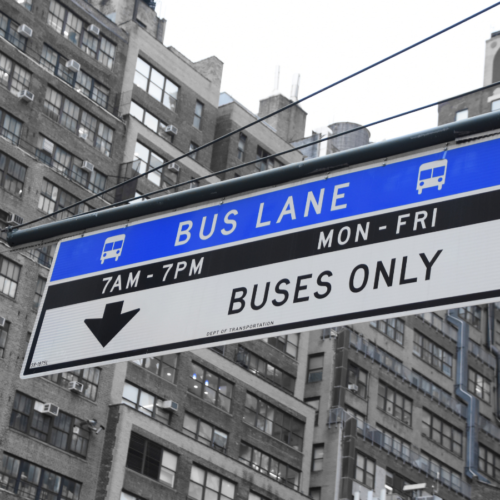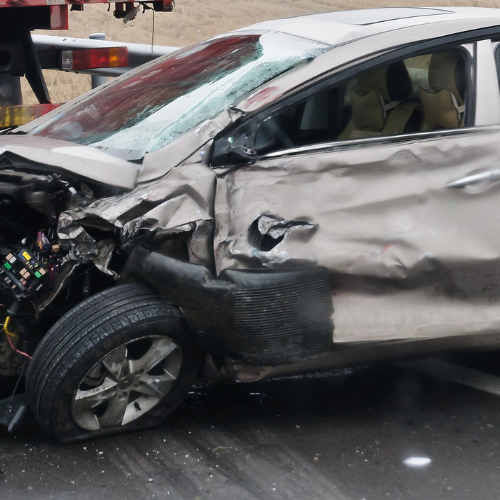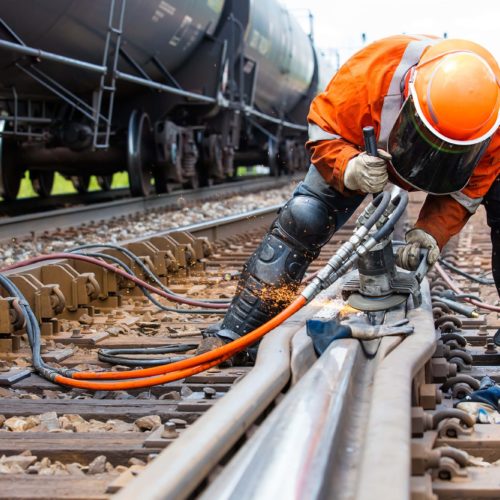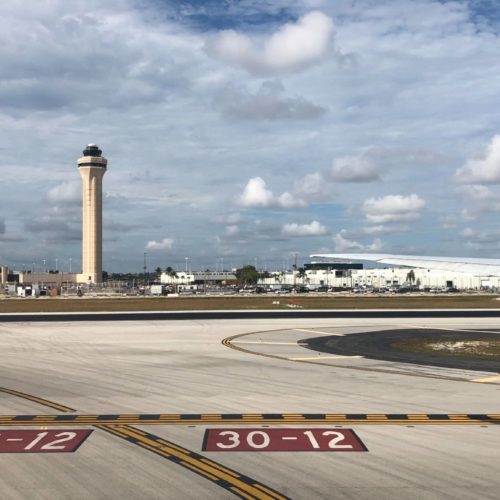There are over one million wildlife-vehicle collisions each year in the United States, resulting in an average of 200 human deaths and 26,000 injuries annually, as well as $8 billion in property damage, health care costs, and lost workdays, according to the U.S. Department of Transportation (USDOT). In the Eastern Region, where highly populated areas overlap high deer and other wildlife populations along forested stretches of highways, the problem is serious enough to warrant action.
This month, USDOT Secretary Pete Buttigieg announced the Wildlife Crossings Pilot Program established through the Bipartisan Infrastructure Law, to be managed by the Federal Highway Administration (FHWA).
Through the program, a total of $350 million will be available over five years to states and communities to build wildlife crossings over or below busy roads, add warning signs for drivers, acquire mapping and tracking tools, and more. This amount includes over $111 million in funding for the first round of grant awards this year. Eligible applicants include state departments of transportation, metropolitan planning organizations (MPOs), local governments, regional transportation authorities, special purpose districts, public authorities with a transportation function, Indian tribes, and Federal land management agencies (FLMAs).
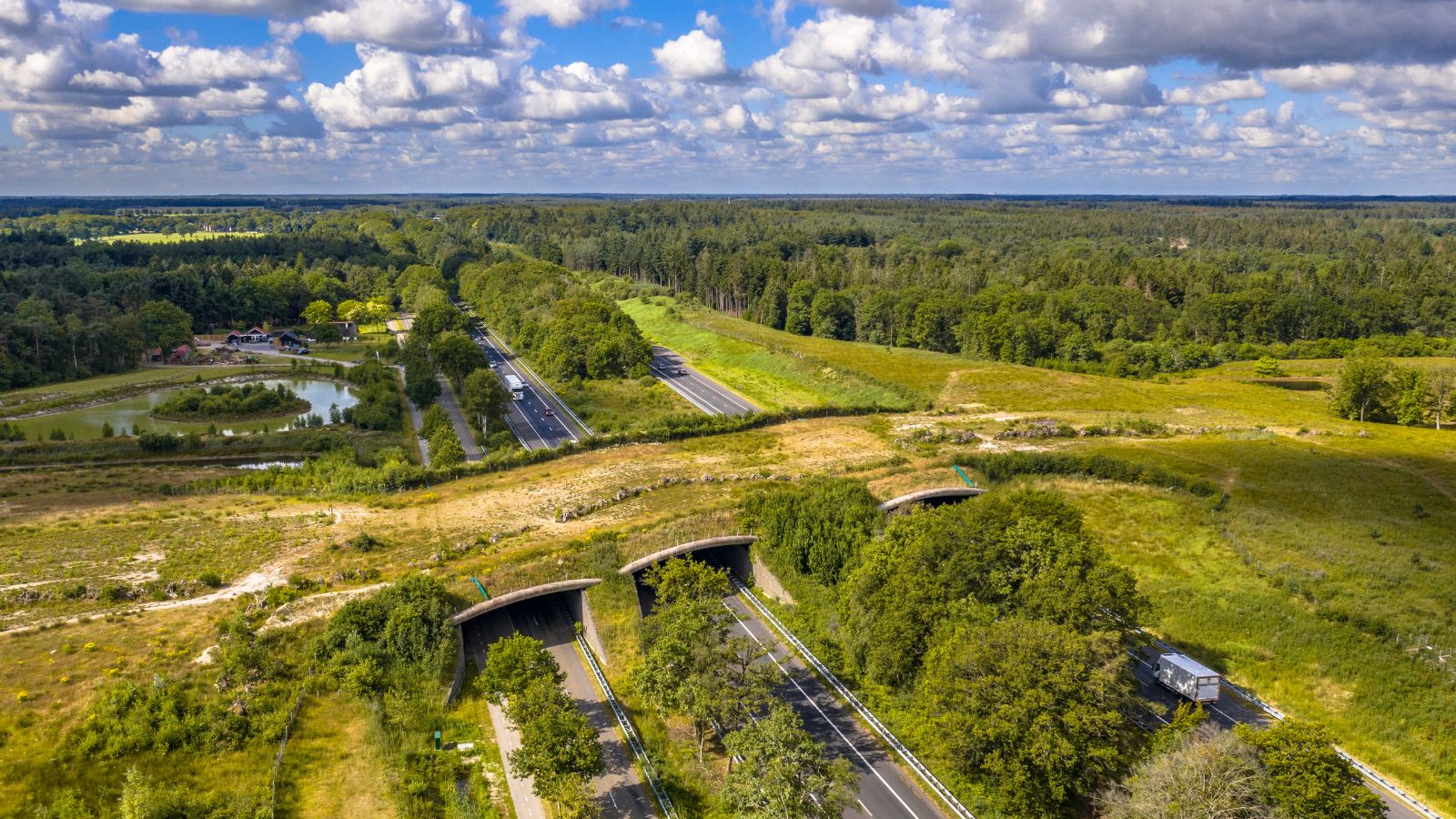
“Every year, Americans are injured and killed in crashes involving cars and wildlife,” said U.S. Transportation Secretary Pete Buttigieg. “By launching the Wildlife Crossings Pilot Program, we are taking an important step to prevent deadly crashes in communities across the country and make America’s roadways safer for everyone who uses them.”
Funding is available for all project undertakings including but not limited to research, planning, design, and construction as well as non-construction projects like research on safety innovations and mapping and tracking tools.
Please see here for the Notice of Funding Opportunity and for more information on the Wildlife Crossings Pilot Program.
“There are proven practices to prevent crashes between vehicles and wildlife, and with this investment, we’re going to take commonsense steps to reduce collisions and make roads safer for rural and urban communities alike,” Federal Highway Administrator Shailen Bhatt said. “Thanks to the Bipartisan Infrastructure Law, communities that may not previously have had access to funding for these critical projects can finally make roads safer while protecting wildlife and their movement corridors.”
CSG|EAST Transportation Policy Co-Consultants:
Steve Hewitt, Transportation-East@csg.org or Don Hannon, Transportation-East@csg.org

